How To Get Water Out Of Your Ear?
Although swimming is the most important reason, any situation where the ear canal is exposed to water can cause discomfort.
The substance known as cerumen, which is normally produced in the ear, prevents water from entering the ear.
But in some cases, water escapes deep into the ear and accumulates there.
If water gets into the ear, a tickling sensation can be seen in the ear canal, extending to the jawbone and throat.
Hearing is also affected. In this case, the Voices are heard muffled.
Usually the water flows by itself and comes out of the ear.
However, if there is no discharge, the water accumulating in the external ear canal can cause ear infections.
This type of ear infection in the outer ear canal is called swimmer’s ear or otitis external.
So How To Get Water Out Of Your Ear?
What Will We Learn?
Gently Pull Or Shake The Earlobe
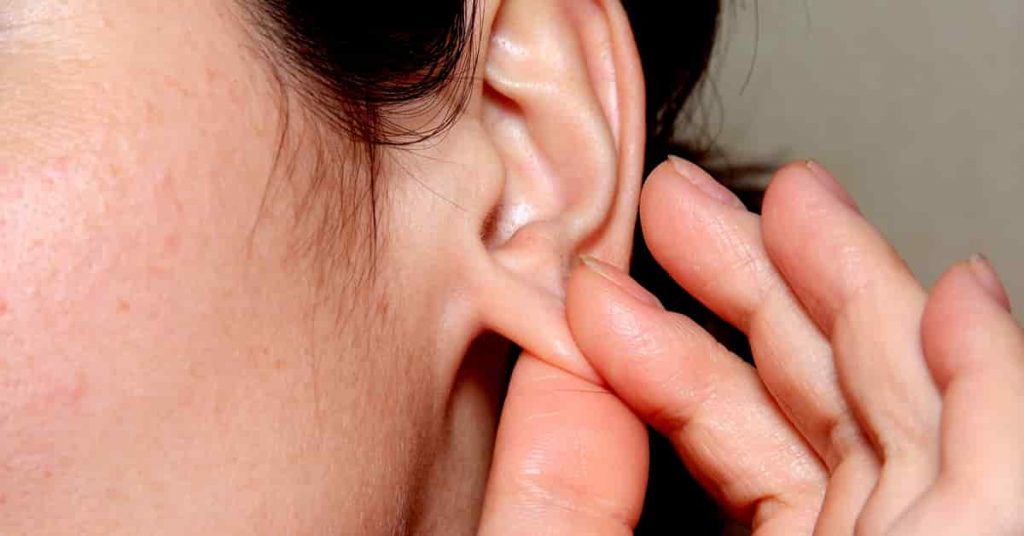
This method can make the water drain out of your ear quickly.
Gently pulling or shaking the earlobe with the head tilted sideways from the shoulder can be effective.
Shaking the head from side to side can also be helpful for draining the water.
Create Vacuum In Your Ear
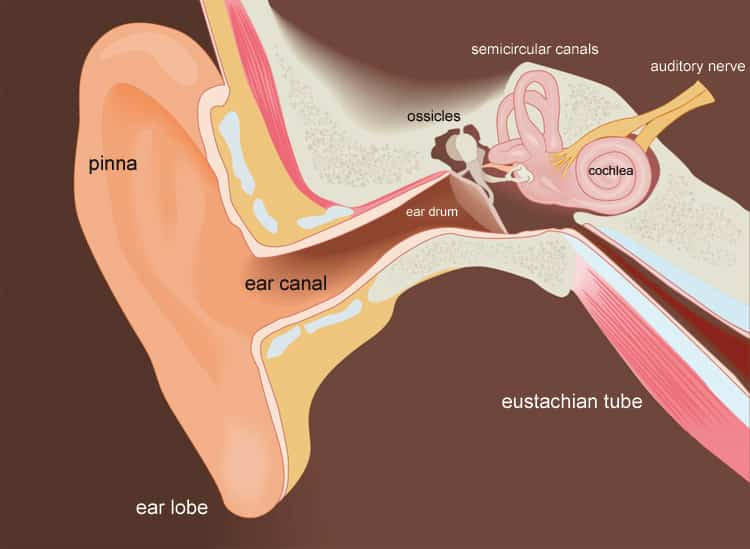
In this method, first the head is tilted to the side and the palm is pressed tightly against the ear in a way to form a tight seal.
Then the hand is moved towards the ear by applying light pushing force back and forth.
This method creates a vacuum force that can pull the water out.
It is helpful to tilt the head down after the procedure to allow the water to drain.
Try Applying A Warm Compress
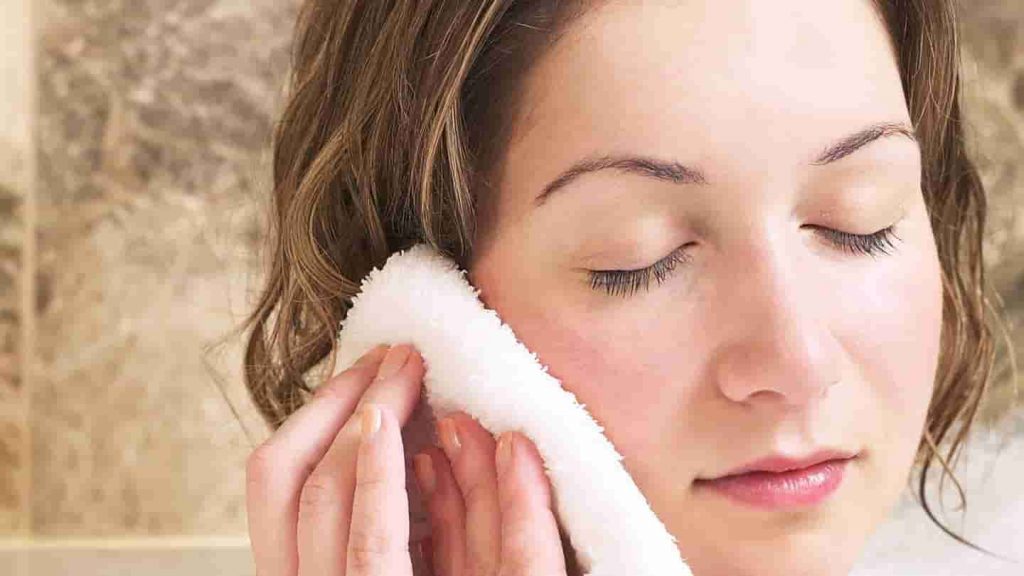
Sometimes water can become trapped in the Eustachian tube that connects the middle ear to the area just behind the nasal passages.
A warm compress can help drain the water in the Eustachian tube.
For this purpose, hot but not boiling water should be used.
The cloth moistened with hot water is squeezed well and applied to the ear.
During heat application, the head is tilted towards the affected ear side.
The cloth is applied to the outer part of the ear, and after waiting for about 30 seconds, a break is made for one minute.
The process is repeated four or five times. Lying on the unclogged ear side afterward can help the water drain out of the ear.
Use A Hair Dryer
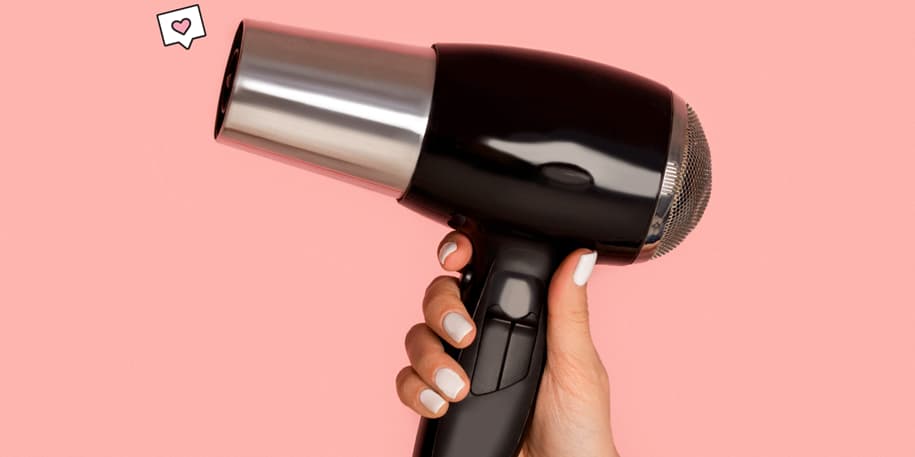
The hot air blown by the hair dryer can help the water in the ear canal to evaporate.
The application should be done by setting the blow dryer to the lowest setting.
The machine is kept at a distance of about 30 cm from the ear and drying is applied with back and forth movements.
Pulling the earlobe down helps warm air reach the outer ear canal.
Try Yawning Or Chewing Gum
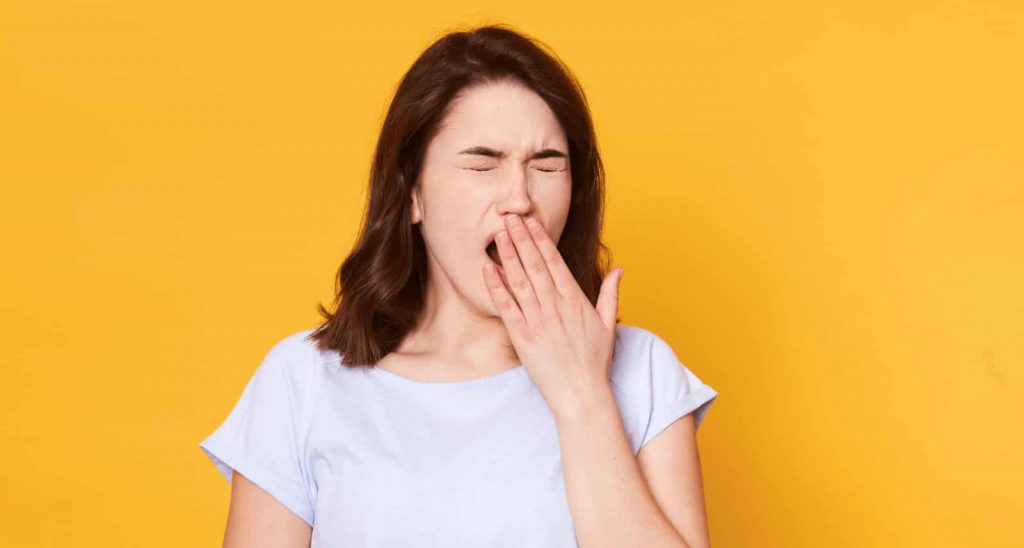
If water has accumulated in the Eustachian tube, moving the mouth can sometimes help drain the water from the ear.
Chewing gum and yawning can be effective in relieving tension in the Eustachian tube.
Then the water can be drained by tilting the head to the side.
Use Hydrogen Peroxide Ear Drops
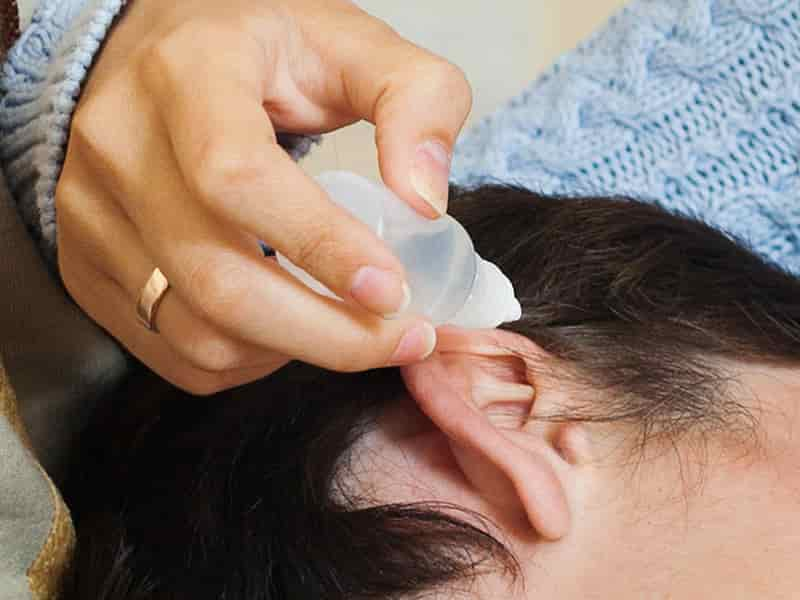
Hydrogen peroxide solutions can help you clean earwax, which can help you get water out of your ears.
You should avoid using this method in the following situations:
- a perforated eardrum
- a middle ear infection
- signs of injury or infection such as pain, swelling, warmth, drainage, bleeding from ear
- tympanostomy tubes (eardrum tubes)
Try The Valsalva Maneuver Method
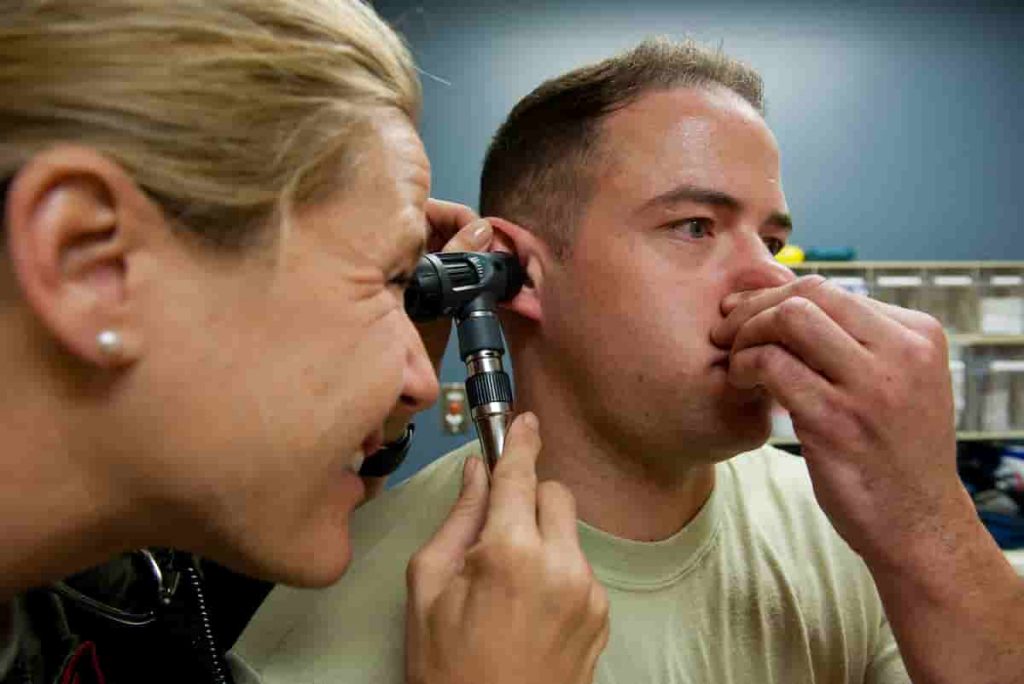
In this method, after the mouth and nostrils are closed, air is provided in the ears.
Care should be taken not to blow too hard during the maneuver.
Because this can damage the eardrum.
This method can also help open closed Eustachian tubes.
After performing the maneuver, the head should be tilted to the side to allow the water to flow from the ear.
Use Hot Steam

It can help drain water from the eustachian tubes in the middle ear.
Taking a hot shower or applying a mini sauna with a bowl of hot water can help.
For the mini sauna, a large bowl is filled with hot water.
To keep the steam in, the head is covered with a towel and the face is held over the bowl.
The steam is inhaled for 5 to 10 minutes and then the head is tilted to the side to empty the ear.
Lie Down On One Side
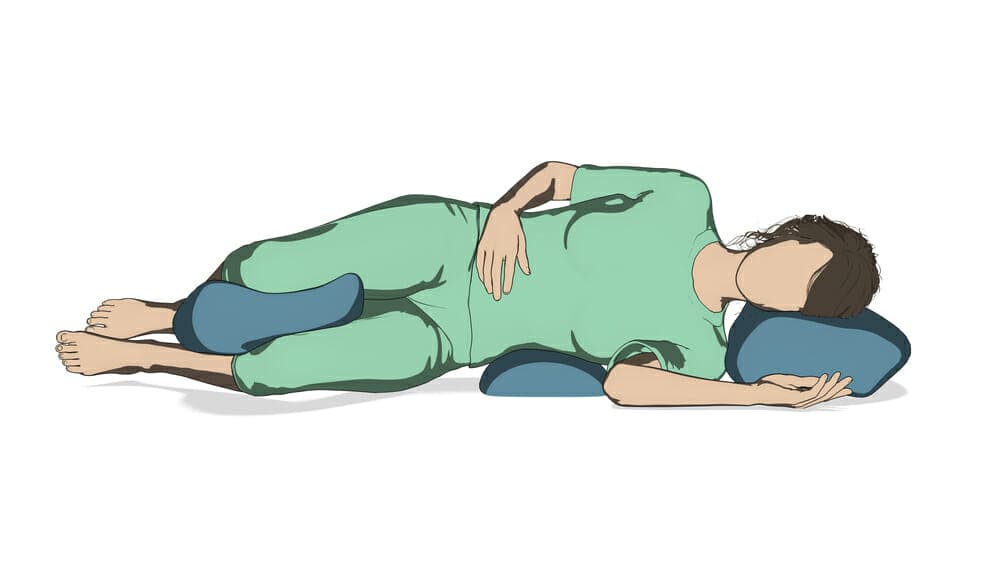
With this technique, gravity is used to help water flow out of the ear.
Lie on your side for a few minutes over the ear from which the water has escaped.
This can help drain the water from your ear.
It is necessary to place a towel on the lying place to absorb the running water.
Use Alcohol And Vinegar

Alcohol can help evaporate water from your ear, reducing the risk of infection.
- Mix equal amounts of alcohol and vinegar.
- Using a sterile dropper, drip this mixture into your ear 3 to 4 times.
- Gently rub your ear from the outside.
- After 30 seconds, tilt your head to the side to let the water out of your ear.
Do not use this method if you have diseases such as a middle ear infection, a perforated eardrum, tympanostomy tubes (eardrum tubes).
Try Using Over-the-counter Medications

This discomfort can also be prevented by using over-the-counter (OTC) ear drops.
Most OTC ear drops are alcohol-based and can help kill bacteria or remove earwax in your outer ear canal.
How To Prevent Water From Getting Into The Ear?
A good way to prevent water from getting into the ear is to use caps or earplugs while bathing or swimming.
Drying the ears thoroughly with a dry towel after getting out of the water can also be effective.
Doctors recommend that people who do water sports or spend time in the water frequently wear earplugs.
Shaking the head from side to side after getting out of the water helps to drain the water from the ears.
What Not To Do If Water Gets Into The Ear
If the methods you use to remove water from the ear do not work, inserting a stick, finger, or any other object into the ear will do more harm than good.
Doing so may make the situation worse by causing:
- You can cause bacteria formation in the area.
- You can deliver the water deeper into the ear.
- You can injure your ear canal.
- You can puncture your eardrum.
- Avoid sticking your fingernail or finger inside your ear, as it may damage your ear.
When To Consult A Doctor?
Water that gets into the ear usually drains on its own.
If the water in the ear is bothering the person, the home remedies mentioned can be tried.
However, if the water still does not come out after two to three days or if there are signs of infection, a healthcare provider should be consulted.
Result
You should avoid cleaning your ear with cotton swabs because it can collect dirt in the ear canal.
